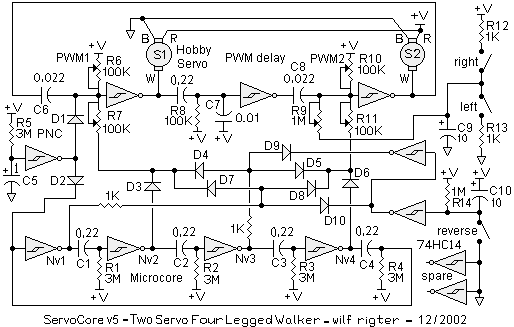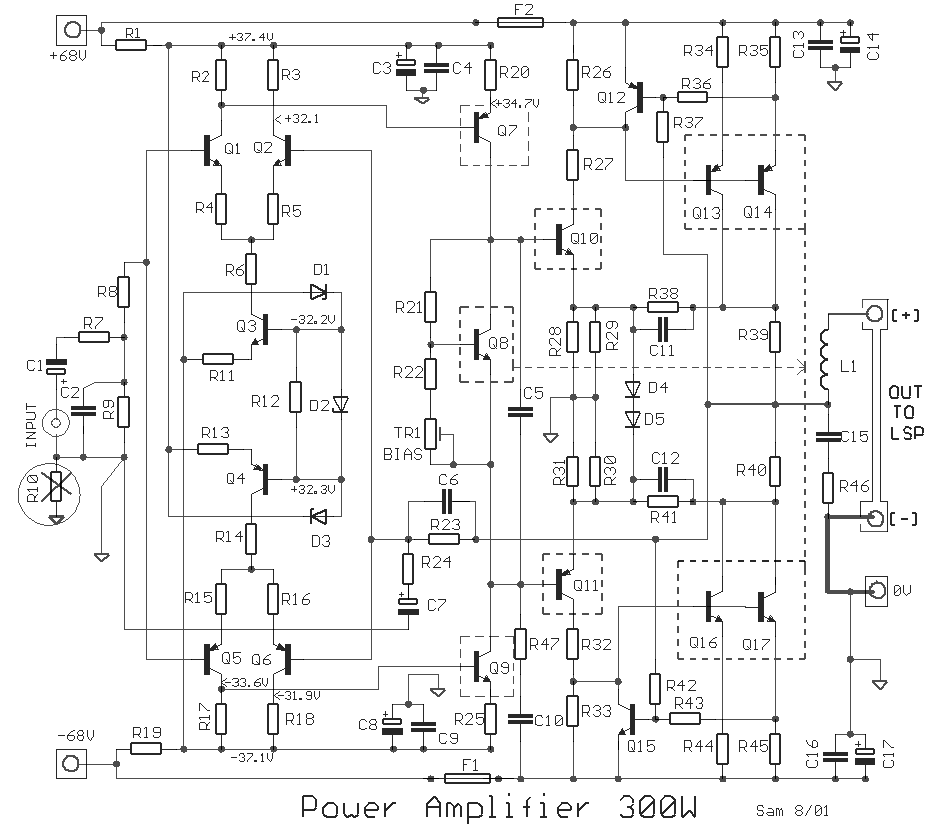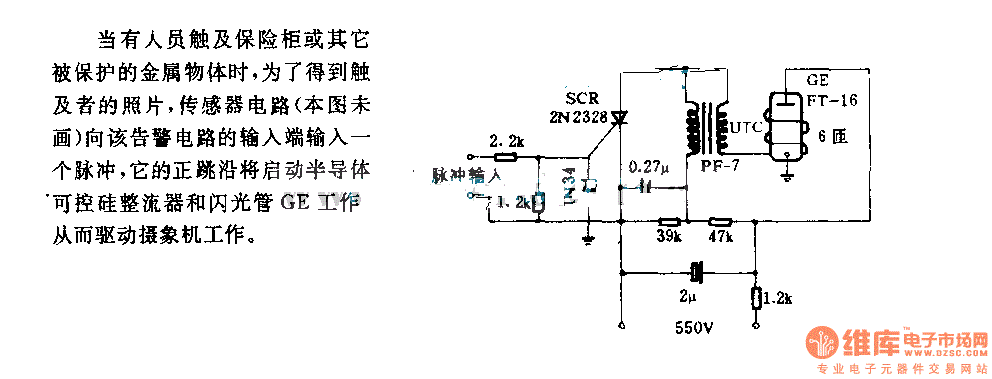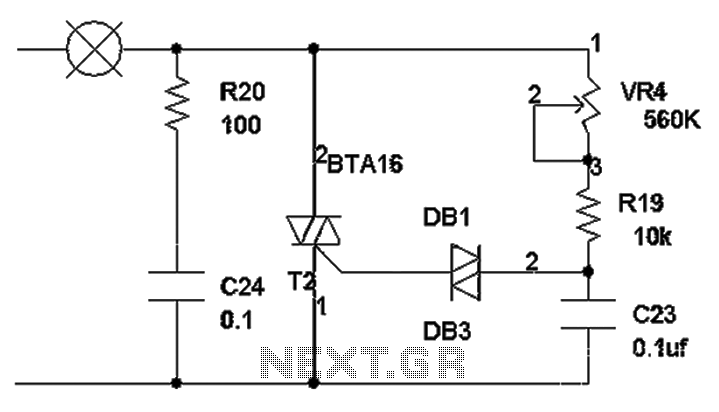
Low noise microphone preamplifier circuit
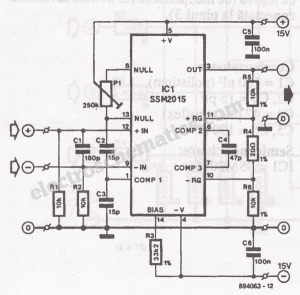
The microphone preamplifier circuit design presented in this schematic utilizes the SSM2015 produced by Precision Monolithics Inc. (PMI), which offers high amplification.
The SSM2015 is a low-noise, low-distortion integrated circuit designed specifically for microphone preamplification. It features a differential input stage that provides excellent common-mode rejection, making it suitable for applications requiring high fidelity audio signal processing. The circuit typically includes resistors and capacitors that set the gain and frequency response to match the characteristics of the microphone being used.
In this schematic, the input stage connects directly to the microphone, converting the low-level audio signal into a more manageable voltage level. The gain of the SSM2015 can be adjusted by changing the feedback resistors, allowing for flexibility in handling different microphone types, such as dynamic, condenser, or electret microphones.
The output stage of the preamplifier is designed to drive subsequent audio processing stages or directly interface with analog-to-digital converters (ADCs). It is important to ensure proper power supply decoupling to minimize noise and maintain signal integrity throughout the circuit. Additionally, the layout of the PCB should be considered to reduce electromagnetic interference (EMI) and ensure optimal performance of the preamplifier.
Overall, the SSM2015 microphone preamplifier circuit is a robust solution for capturing high-quality audio signals, making it a popular choice in professional audio equipment and recording applications.The microphone preamplifier circuit design presented in this schematic use SSM2015 produced by Precision Monolithics Inc. (PMI) which offers a high amplifi. 🔗 External reference
The SSM2015 is a low-noise, low-distortion integrated circuit designed specifically for microphone preamplification. It features a differential input stage that provides excellent common-mode rejection, making it suitable for applications requiring high fidelity audio signal processing. The circuit typically includes resistors and capacitors that set the gain and frequency response to match the characteristics of the microphone being used.
In this schematic, the input stage connects directly to the microphone, converting the low-level audio signal into a more manageable voltage level. The gain of the SSM2015 can be adjusted by changing the feedback resistors, allowing for flexibility in handling different microphone types, such as dynamic, condenser, or electret microphones.
The output stage of the preamplifier is designed to drive subsequent audio processing stages or directly interface with analog-to-digital converters (ADCs). It is important to ensure proper power supply decoupling to minimize noise and maintain signal integrity throughout the circuit. Additionally, the layout of the PCB should be considered to reduce electromagnetic interference (EMI) and ensure optimal performance of the preamplifier.
Overall, the SSM2015 microphone preamplifier circuit is a robust solution for capturing high-quality audio signals, making it a popular choice in professional audio equipment and recording applications.The microphone preamplifier circuit design presented in this schematic use SSM2015 produced by Precision Monolithics Inc. (PMI) which offers a high amplifi. 🔗 External reference
